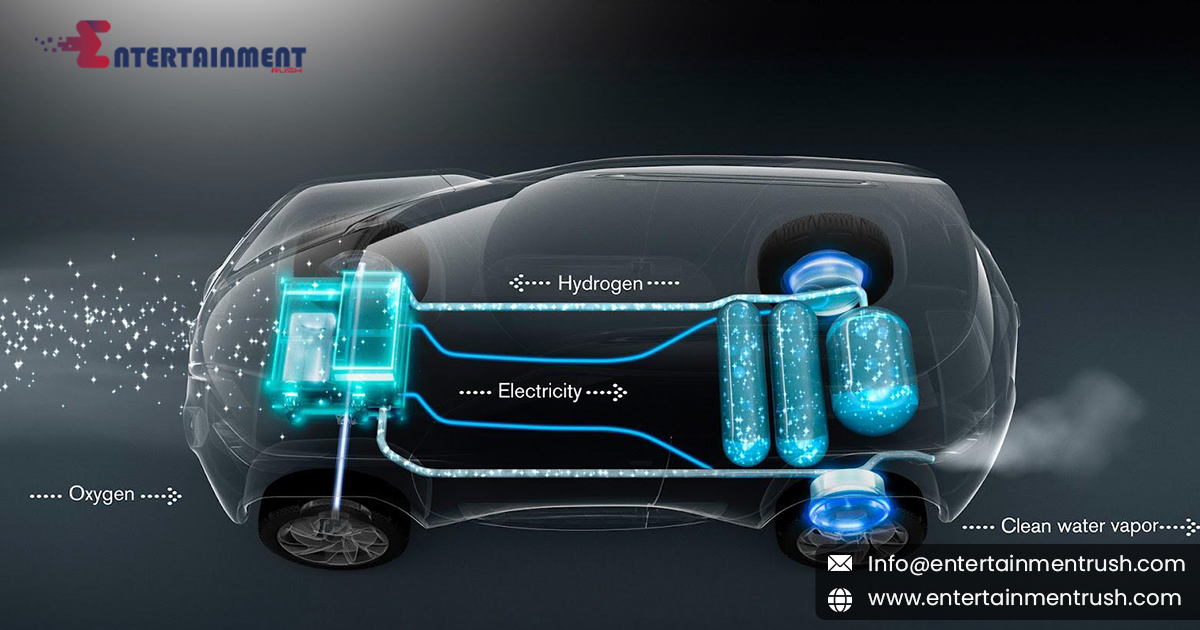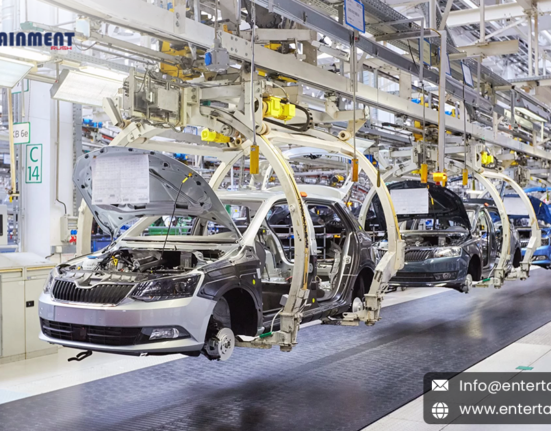In recent years, the automotive industry has been undergoing a significant shift towards next-generation powertrain technologies aimed at reducing emissions, improving fuel efficiency, and promoting sustainable mobility. This transformation is driven by advancements in hybrid, plug-in hybrid (PHEV), and fuel cell electric vehicle (FCEV) technologies, which offer promising alternatives to traditional internal combustion engines. Let’s explore how these innovations are shaping the future of automotive propulsion in the United States.
Hybrid Technology: Combining Efficiency and Flexibility
Hybrid vehicles, such as gasoline-electric hybrids, have gained popularity for their ability to combine an internal combustion engine with an electric motor and battery pack. This configuration allows hybrids to optimize fuel efficiency by leveraging electric power during low-speed driving and using the combustion engine for high-speed or long-distance travel. Hybrid technology reduces tailpipe emissions and offers drivers increased range and flexibility without sacrificing performance.
Plug-in Hybrid Electric Vehicles (PHEVs): Embracing Electric Driving
Plug-in hybrid electric vehicles (PHEVs) represent a bridge between traditional hybrids and fully electric vehicles. PHEVs feature larger battery packs that can be charged via external power sources, allowing drivers to travel extended distances on electric power alone before switching to the internal combustion engine. This dual-mode operation reduces reliance on fossil fuels and tailpipe emissions, making PHEVs an attractive option for drivers seeking a balance between electric driving and long-range capability.
Fuel Cell Electric Vehicles (FCEVs): Harnessing Hydrogen Power
Fuel cell electric vehicles (FCEVs) utilize hydrogen fuel cells to generate electricity through a chemical reaction with oxygen, producing water vapor as the only emission. FCEVs offer zero-emission driving with longer ranges and faster refueling times compared to battery electric vehicles (BEVs). While still relatively niche, advancements in hydrogen fuel cell technology and infrastructure are driving increased interest and investment in FCEVs as a viable alternative to conventional vehicles powered by fossil fuels.
Environmental Benefits and Sustainability
The adoption of next-generation powertrain technologies is driven by a collective commitment to reducing environmental impact and promoting sustainability in the automotive sector. Hybrid, plug-in hybrid, and fuel cell vehicles significantly reduce greenhouse gas emissions and air pollutants compared to conventional gasoline or diesel engines. By diversifying powertrain options and promoting cleaner mobility solutions, automakers are contributing to global efforts to combat climate change and improve air quality.
Infrastructure and Market Challenges
Despite their environmental benefits, the widespread adoption of hybrid, plug-in hybrid, and fuel cell vehicles faces challenges related to infrastructure and market acceptance. Expanding charging infrastructure for electric vehicles, including PHEVs and FCEVs, remains a priority to support long-term growth and consumer confidence. Additionally, automakers must educate consumers about the benefits of next-generation powertrain technologies and address concerns related to cost, range, and maintenance to accelerate market adoption.
Government Support and Policy Initiatives
Government incentives, regulations, and policy initiatives play a crucial role in driving the advancement and adoption of next-generation powertrain technologies. In the United States, federal and state-level incentives encourage the purchase of electric and hybrid vehicles, promote research and development in alternative fuels, and support the expansion of charging and hydrogen refueling infrastructure. These initiatives create a conducive environment for innovation and investment in sustainable transportation solutions.
Shaping the Future of Automotive Propulsion
The development and adoption of hybrid, plug-in hybrid, and fuel cell technologies are transforming the landscape of automotive propulsion in the United States. These next-generation powertrain innovations offer cleaner, more efficient alternatives to conventional internal combustion engines, contributing to environmental sustainability and reducing dependence on fossil fuels. As technology continues to evolve and infrastructure matures, we can expect to see increased market penetration and consumer acceptance of hybrid, plug-in hybrid, and fuel cell electric vehicles, driving the transition towards a more sustainable and electrified transportation future. By embracing innovation and collaboration, the automotive industry is paving the way for a cleaner, greener, and more resilient mobility ecosystem in the United States and beyond.





Leave feedback about this